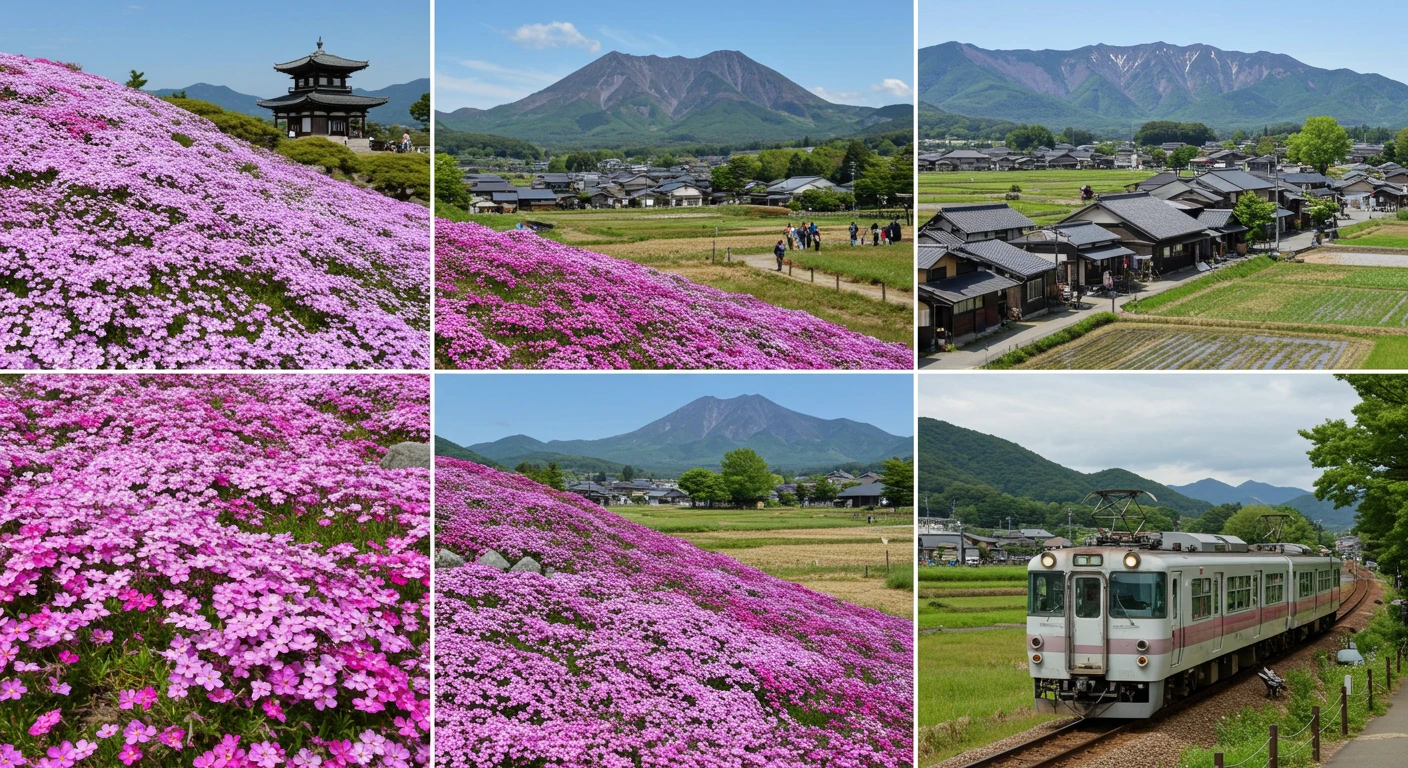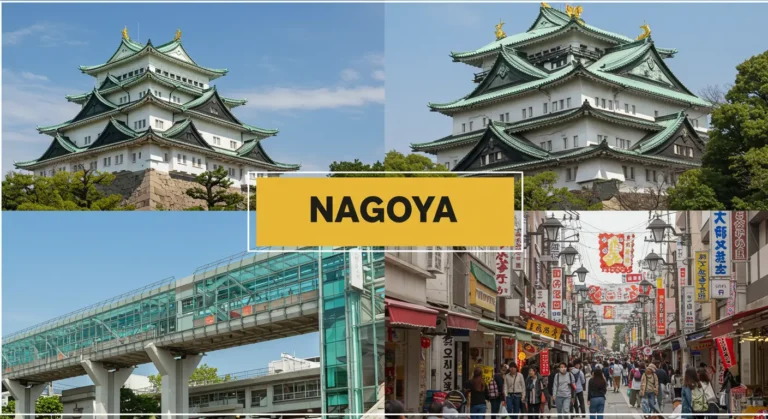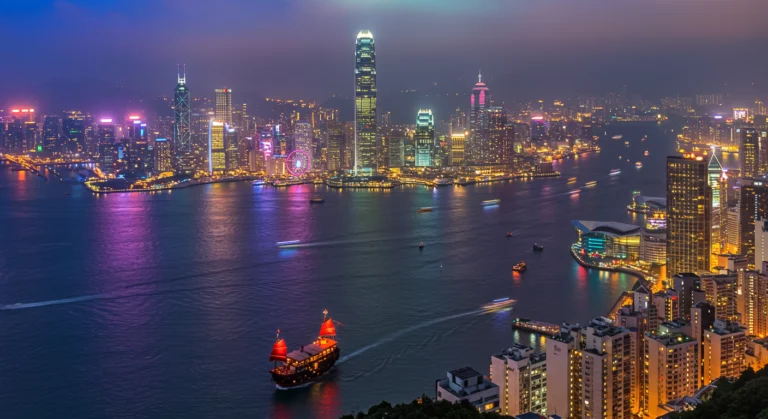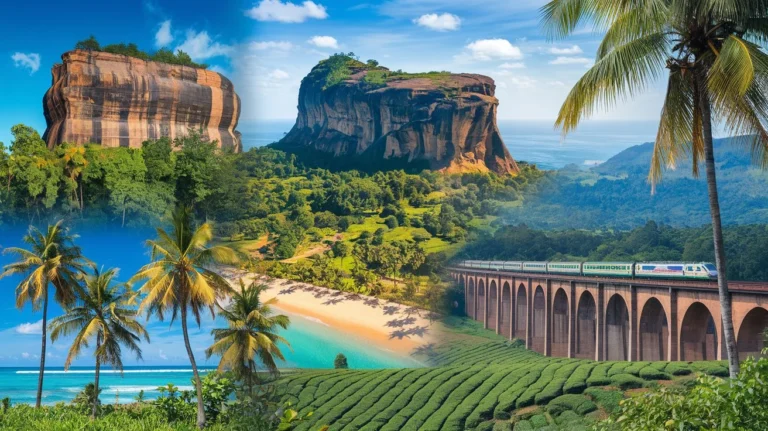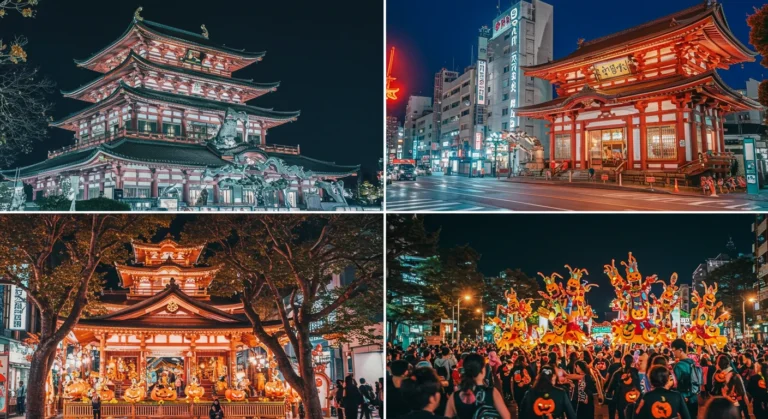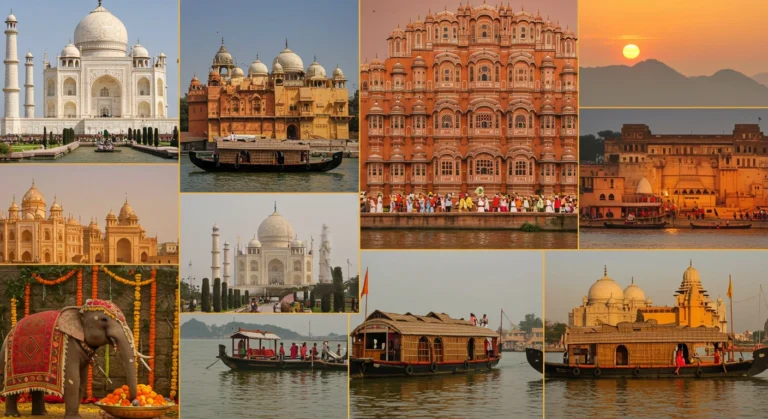top things to do in Saitama japan
Table of Contents
Introduction : Top Things to Do in Saitama, Japan
Hey there, fellow Japan enthusiasts! Looking for an amazing destination that flies under most tourists’ radars? Let me introduce you to Saitama – Tokyo’s next-door neighbor that packs a serious punch when it comes to authentic Japanese experiences without the crushing crowds. Having spent several unforgettable weeks exploring this underrated prefecture, I’m excited to share my favorite spots and activities that’ll make your Saitama adventure truly memorable. Ready to discover Japan beyond the usual tourist trail? Let’s jump right in!

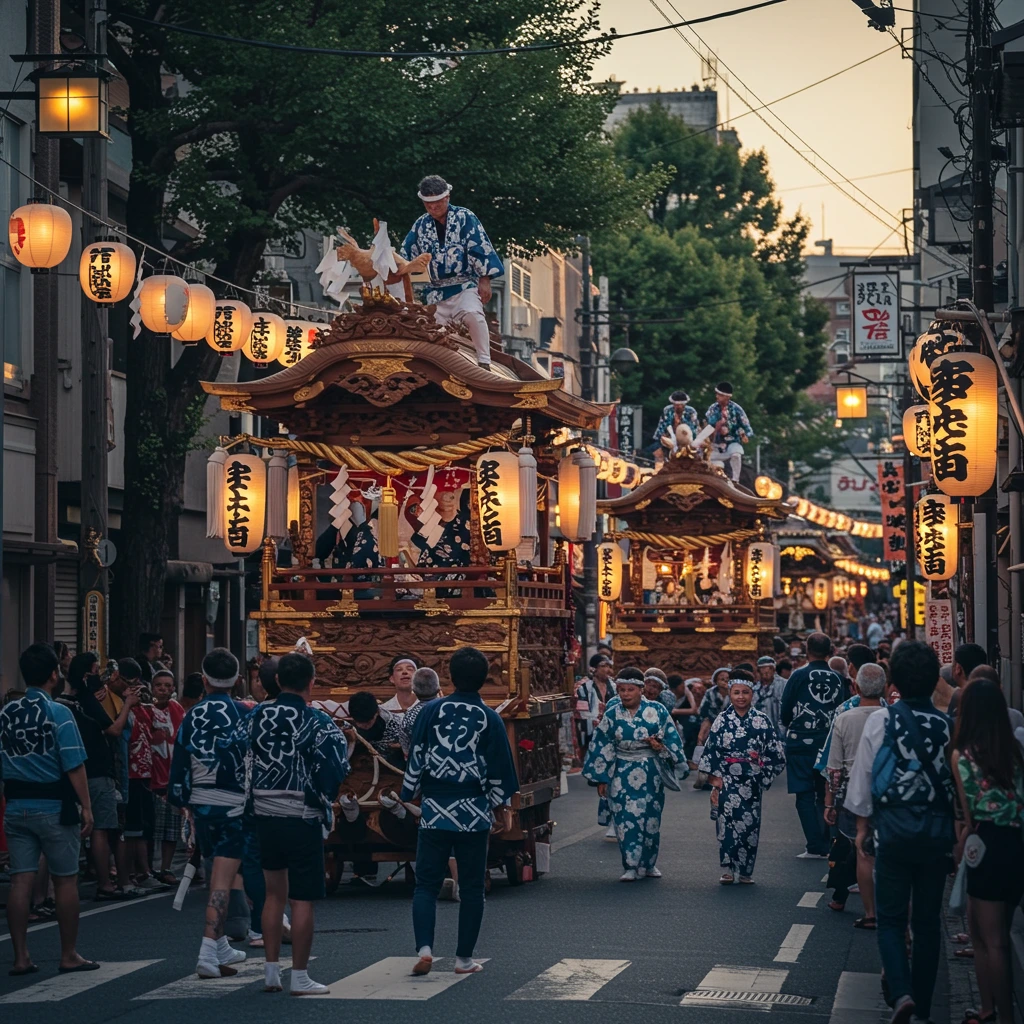
Visit the Enchanting Kawagoe’s “Little Edo”
Ever wished you could time travel to Japan’s romantic Edo period? In Kawagoe, you practically can! Just 30 minutes from central Tokyo, this charming district transports you back several centuries with its perfectly preserved traditional buildings and iconic Toki no Kane (Bell Tower).
The main street, known as Kurazukuri Street, features dozens of clay-walled warehouse-style buildings that once stored valuable merchandise for wealthy merchants. Today, they house everything from traditional sweet shops to trendy cafés.
Don’t miss the Kashiya Yokocho (Penny Candy Lane), where nostalgic Japanese sweets will tempt even the most disciplined dieter. I spent an entire afternoon here sampling different treats, and the sweet potato candies seriously changed my life. No regrets whatsoever about the sugar overload!
For the best experience, rent a kimono from one of the many rental shops and stroll through the streets looking the part. The photos I took here became instant profile pic material – nothing says “I’m having an authentic Japan experience” quite like posing in traditional garb against centuries-old architecture.
Marvel at the Railway Museum
Train enthusiasts, this one’s for you! Even if you’re not normally excited by locomotives, the Railway Museum in Saitama City will change your mind. This massive facility showcases Japan’s love affair with railways, from the earliest steam engines to the sleek shinkansen (bullet trains) that revolutionized transportation.
The simulator experiences let you try your hand at driving different trains – turns out I’m a terrible conductor who would definitely get fired on my first day. The precision required to stop these massive machines exactly where they need to be is seriously impressive!
The mini-train ride that circles the outdoor exhibition area brings out everyone’s inner child. You haven’t lived until you’ve seen a group of suited Japanese businessmen grinning ear to ear on tiny trains clearly designed for kids. Pure joy knows no age limit!
Find Peace at Musashi Ichinomiya Hikawa Shrine
Need some spiritual vibes during your travels? Hikawa Shrine in Omiya delivers tranquility in spades. As one of Japan’s oldest Shinto shrines with a history spanning over 2,000 years, this sacred spot draws visitors seeking blessings for everything from academic success to finding true love.
The approach to the shrine passes through a tunnel of massive cedar trees that instantly hushed my normally chatty travel group. There’s something about these ancient spaces that commands respect without a single word being spoken.
If you visit in summer, don’t miss the wind chime festival where thousands of colorful fūrin (glass wind chimes) create both a visual spectacle and a delicate symphony of sounds. I found myself mesmerized for nearly an hour just listening to their gentle tinkling – nature’s perfect ASMR.
Experience Thrills at Tobu Zoo
Who says zoos are just for kids? Tobu Zoo combines animal encounters with amusement park rides for a full day of entertainment. Located in Miyashiro, this hybrid attraction lets you watch white tigers and elephants in the morning and then scream your lungs out on roller coasters in the afternoon.
The Regina roller coaster features a 360-degree loop that had me questioning all my life choices on the way up, but laughing hysterically on the way down. FYI, riding roller coasters after a large lunch of ramen isn’t the smartest move – learn from my mistakes, people!
The winter illumination event transforms the zoo into a magical wonderland of lights that rivals Tokyo’s famous displays but with significantly smaller crowds. Perfect for those Instagram-worthy night photos without dozens of strangers photobombing your perfect shot.
Wander Through Omiya Bonsai Art Museum
Ever wondered how tiny trees become living works of art? The Omiya Bonsai Art Museum showcases this quintessentially Japanese art form in the heart of Saitama’s famous “Bonsai Village.” The museum houses approximately 120 bonsai masterpieces, some over 1,000 years old!
What blew my mind wasn’t just the trees themselves but learning about the dedication required to maintain them. Some of these living treasures have been tended by multiple generations of bonsai masters. Talk about a long-term commitment!
The surrounding Omiya Bonsai Village features professional bonsai nurseries where artists have honed their craft for centuries. Walking through these peaceful gardens feels like stepping into another world – one where patience and precision reign supreme. I left with a tiny juniper bonsai that didn’t survive my two-week trip (oops), but the experience gave me newfound respect for this incredible art form.
Hike Mount Bukō
Ready to stretch those legs? Mount Bukō offers excellent hiking opportunities with views that’ll make your Instagram followers green with envy. Located near Chichibu City, this limestone mountain reaches 1,304 meters and provides panoramic vistas across Saitama Prefecture.
The hike itself isn’t overly strenuous, making it perfect for casual hikers like me who enjoy nature but also value being able to walk normally the next day. The trail takes about 2-3 hours each way, with clearly marked paths that even directionally-challenged travelers can navigate.
The contrast between the mountain’s white limestone cliffs and the surrounding greenery creates dramatic landscapes that look amazing in photos regardless of your photography skills. I’m no professional photographer, but even my hurried smartphone shots looked magazine-worthy here!
Explore the Underground Adventure at Iwadatami Caves
Feeling a bit Indiana Jones-esque? The Iwadatami Caves let you channel your inner explorer as you navigate through mysterious limestone caverns formed over millions of years. Located near Chichibu, these less-visited caves offer a cool (literally – bring a jacket!) alternative to Saitama’s outdoor attractions.
The illuminated rock formations create otherworldly scenes as you duck through narrow passages and emerge into cathedral-like chambers. I have a mild case of claustrophobia but found the main route spacious enough to enjoy without panic – though I did pass on the “challenge course” that involved some seriously tight squeezes.
What makes these caves special is how uncrowded they remain compared to other Japanese cave systems. During my Tuesday morning visit, I encountered only three other visitors, creating the illusion of discovering these underground wonders all by myself. Pretty epic feeling!
Relax at Saitama’s Hot Springs
After all that hiking and exploring, you deserve some serious R&R. Saitama boasts several excellent onsen (hot spring) facilities where you can soak your tired muscles while participating in an essential Japanese cultural experience.
Ofuro Café Utatane in Yono combines traditional bathing with modern comfort. Their outdoor baths surrounded by bamboo create a serene setting for contemplation – or in my case, quietly wondering if the slight sunburn I got hiking was going to get worse in the hot water. (It did. Wear sunscreen, folks!)
For something truly unique, try Hōkō-ji Temple Onsen in Konosu, where you can bathe in medicinal black water said to heal various ailments. Do these therapeutic claims hold water? (:/) The jury’s still out, but my skin felt amazing afterward, so I’m not complaining!
Feast on Local Delicacies
No travel article would be complete without talking food, and Saitama delivers some serious culinary delights. The prefecture’s signature dish is Hiyajiru Udon – thick, chewy noodles served in cold soup with various toppings, perfect for hot summer days.
Kawagoe’s sweet potato treats deserve special mention – from ice cream to lattes to KitKat flavors, they’ve found about 50 different ways to showcase this humble vegetable. The sweet potato fries dipped in honey at a tiny shop in Kashiya Yokocho haunted my dreams for weeks after returning home.
For meat lovers, Chichibu’s miso pork skewers will rock your world. The secret is in the marinade – a family recipe passed down through generations that the shop owner refused to share despite my shameless begging. IMO, these rank among the top five things I’ve ever eaten in Japan, and I’ve made some serious food pilgrimages across the country!
Experience Traditional Culture at Chichibu Night Festival
If you’re lucky enough to visit in early December, the Chichibu Night Festival should top your itinerary. Recognized by UNESCO as Intangible Cultural Heritage, this 300-year-old festival features elaborately decorated floats weighing several tons each, pulled through the streets by teams of chanting locals.
The highlight comes after dark when these massive floats, illuminated by hundreds of lanterns, are hauled up a steep slope called “the slope of one thousand men” to the sounds of traditional flutes and drums. The name isn’t an exaggeration – it literally takes hundreds of people pulling together to move each float up the incline.
The fireworks display that caps the evening ranks among Japan’s best, with the explosions echoing dramatically through the mountain valley. I found myself with tears streaming down my face during the finale – partly from the beauty, partly from the freezing December air, but mostly from witnessing such profound community spirit and tradition.
Shop at Mitsui Outlet Park Iruma
Need some retail therapy with a side of serious bargains? Mitsui Outlet Park in Iruma offers designer goods at discount prices. With over 200 shops ranging from high-end Japanese brands to international favorites, this outdoor mall lets you stretch your yen considerably further than Tokyo’s department stores.
The food court deserves special mention for offering regional specialties from across Japan – I tried Hokkaido crab croquettes, Osaka takoyaki, and Kyushu ramen all in one epic lunch session. Shopping burns calories, right?
Pro tip: Visit on a weekday if possible. I made the rookie error of going on a Saturday and spent more time navigating crowds than actually shopping. Lesson learned!
Attend a Urawa Red Diamonds Soccer Match
Want to experience Japanese people at their most passionate? Catch a Urawa Red Diamonds soccer match at Saitama Stadium. This J-League team has some of the most dedicated fans in Japanese sports, creating an electric atmosphere that gets your adrenaline pumping even if you don’t normally care about soccer.
The coordinated chants, massive flags, and sea of red jerseys create a spectacle that’s worth experiencing regardless of the match outcome. I found myself jumping and shouting alongside lifetime fans despite not knowing a single player’s name before the game started. That’s the magic of sports!
The stadium itself, built for the 2002 World Cup, offers excellent facilities and good views from virtually every seat. Tickets for regular-season games are surprisingly affordable compared to major sporting events in the US or Europe.
Go Strawberry Picking in Kita-Katsushika
If you visit between January and May, don’t miss the chance to pick your own strawberries at one of the many farms in Kita-Katsushika district. These aren’t your average supermarket berries – Japanese strawberries are famously sweet, juicy, and often the size of small apples!
Most farms offer all-you-can-eat options within a set time limit (usually 30 minutes). Challenge accepted! My personal record stands at 37 strawberries, which I don’t recommend attempting to beat unless you enjoy the unique sensation of sugar-induced euphoria followed by profound regret.
The experience of selecting and picking perfectly ripe berries directly from the plant connects you with Japan’s agricultural traditions while satisfying your sweet tooth. Win-win in my book!
Discover Art at the Museum of Modern Art, Saitama
Need a culture fix? The Museum of Modern Art in Kitaurawa showcases an impressive collection of contemporary Japanese and international works in a striking modernist building. The museum’s focus on avant-garde and experimental art provides thought-provoking experiences even for casual art appreciators.
The outdoor sculpture garden makes a perfect spot for contemplative wandering between gallery viewings. I spent nearly an hour sitting near a particularly mesmerizing metal installation, watching how different angles of sunlight transformed it throughout the afternoon.
Even better, the museum cafe serves exceptional coffee and wagashi (traditional Japanese sweets) that complement the artistic experience perfectly. Nothing enhances art appreciation quite like a perfectly executed matcha latte!
Find Zen at Heirinji Temple
For spiritual seekers, Heirinji Temple in Niiza offers an oasis of calm and an opportunity to experience Zen Buddhism firsthand. Founded in 1375, this working monastery welcomes visitors to its beautiful grounds while maintaining an atmosphere of reverence.
The temple offers zazen (seated meditation) sessions for beginners on weekend mornings. Fair warning – sitting perfectly still for 40 minutes is way harder than it looks! My legs went completely numb about halfway through, but the sense of mental clarity afterward was worth the temporary discomfort.
The surrounding temple gardens change dramatically with the seasons, from spring cherry blossoms to autumn maples to winter snow scenes. I visited during fall foliage season and nearly filled my phone’s storage with photos of the same red maple tree from slightly different angles. No regrets!
Attend the Lunar New Year Festival in Kawaguchi
If your trip coincides with Lunar New Year (usually late January or early February), head to Kawaguchi for Saitama’s largest celebration. The city’s substantial Chinese community organizes spectacular events including dragon dances, cultural performances, and food markets that transform the area into a riot of color and sound.
The lion dance performances, believed to bring good luck for the coming year, feature acrobatic dancers in elaborate costumes performing to thunderous drumbeats. I still have no idea how they maintain such energy and precision while wearing those heavy lion heads!
The food stalls alone make this festival worth attending – authentic dumplings, noodles, and regional Chinese specialties rarely found elsewhere in Japan. I tried a Sichuan spicy soup that temporarily rendered me unable to feel my tongue, but in the best possible way.
Saitama offers a perfect blend of traditional and modern Japan without the overwhelming tourist crowds you’ll find in Tokyo or Kyoto. Whether you make it your home base for exploring the greater Tokyo area or dedicate several days to discovering its unique charms, this overlooked prefecture deserves a prominent place on your Japan itinerary.
From ancient shrines and historic districts to modern museums and outdoor adventures, Saitama proves that sometimes the best discoveries lie just beyond the borders of the famous destinations everyone talks about. So grab your JR Pass, hop on a train from Tokyo, and prepare to explore one of Japan’s most rewarding hidden gems!
Have you visited Saitama before? What were your favorite spots? Drop a comment below – I’m always looking for new places to explore on my next Japan adventure!

